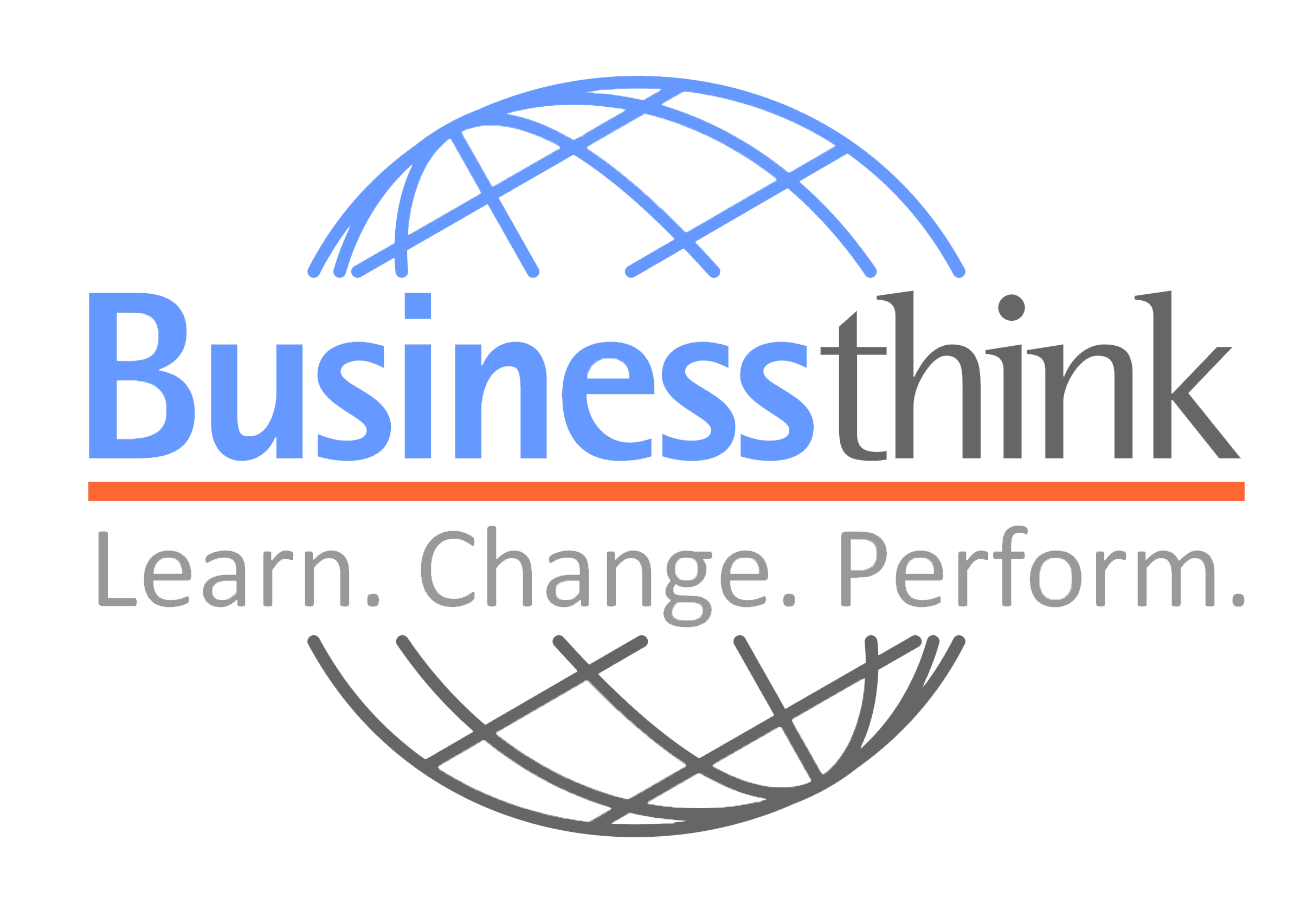
Continuous employee development is one of the biggest responsibilities for Human Resource (HR) Executives. As a result, the optimization of HR strategies requires them to stay up to date on the latest advancements, trends, and best practices in the corporate training industry.
From bite-sized training to experiential learning, let’s now discuss the top 5 Learning and Development trends. Consider incorporating these trends into your strategy to drive employee development and demonstrate the return on investment of your initiatives.
Top 5 Learning and Developing Trends
1. Personalization
Even though one-size-fits-all Training solutions are commonplace due to their ease-of-implementation, their results often fall short of expectations. These solutions assume learners possess the same skill gaps and encourage them to focus on keeping pace with their peers instead of the areas in need of improvement.
To select the best tools for their workforce, HR executives should conduct pre-assessments to gauge skill gaps and better understand employees’ developmental needs. This insight allows decision-makers to choose the solutions that keep employee growth at the forefront and maximize return on investment.
2. Bite-Sized Resources
While lengthy training sessions can create dissatisfaction among employees, bite-sized training resources meet the demands of shortened attention spans and allow learners to complete valuable developmental activities in a short span of time. This enables employees to return to work sooner and improves organizations’ online training ROI.
3. Robust Reports and Analytics
Measuring and proving ROI is one of the biggest challenges for HR executives. Obtaining data on employee performance and development allows employers to identify patterns and trends, as well as highlight individual strengths and weaknesses.
Performance data, such as Learning Management System (LMS) metrics and website statistics, highlights the effectiveness of current training initiatives and identifies gaps in HR offerings. In order to make informed decisions, it is considered best practice to implement an LMS with advanced reporting and analytics features.
4. Gamification
Gamification is an effective way to engage and inspire employees who lack the drive to participate in developmental activities. Badges, points, and leaderboards are common methods used in corporate training programs. Gamification and incentives can also serve as a great feedback tool, as an employee who is unable to earn a badge or advance to the next level is a clear characteristic of someone who needs additional training.
5. Experiential Learning Environments
Experiential learning engages employees through a real-world environment where they can practice relevant career skills and learn from mistakes without the risks associated with training on the job. Employees are able to move from theory to practice as they solve problems and make decisions that parallel their role and organization. The instant feedback provided also allows employees to immediately translate the learning experience back to their job. Common experiential learning activities include business simulations, case studies, and role-playing exercises.
Learning and Development with Capsim
Our programs integrate experiential business simulations and assessments to eliminate the risks associated with training employees on the job. To learn how we can partner with you to create a program experience tailored to your specific learning objectives, reach out to Veer Mehta, BusinessThink’s Principal Consultant, at BusinessThink.in

